#vintage boats
Text
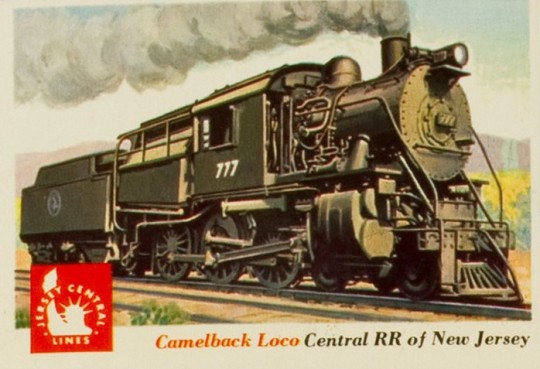


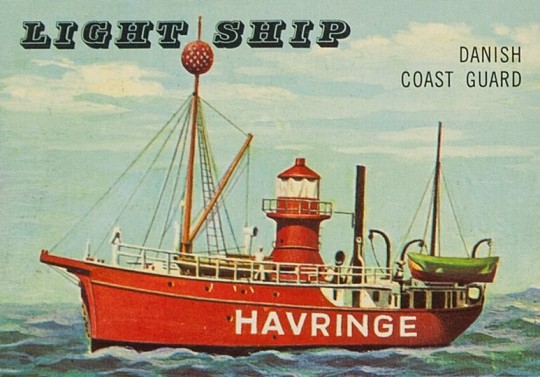


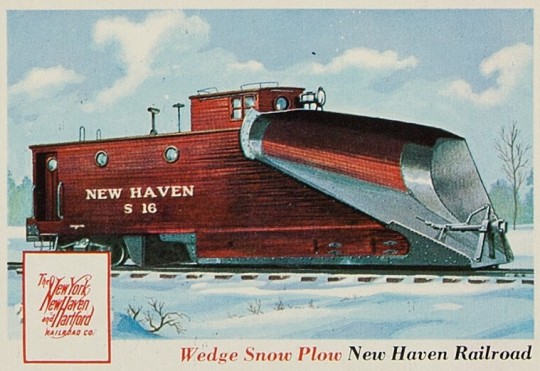


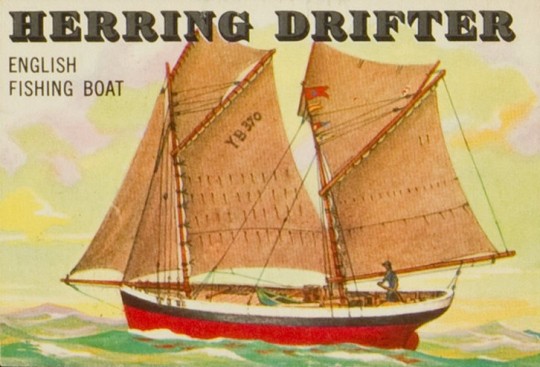
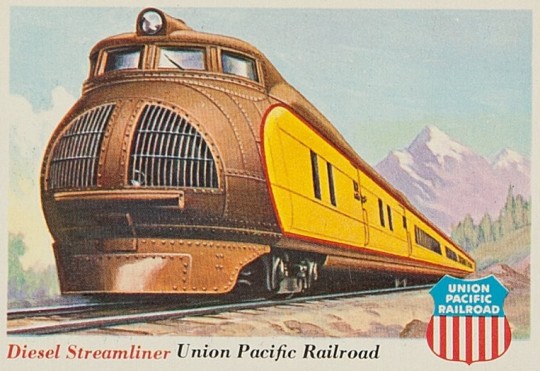

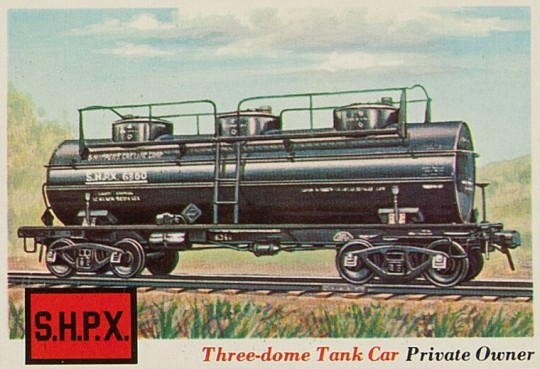
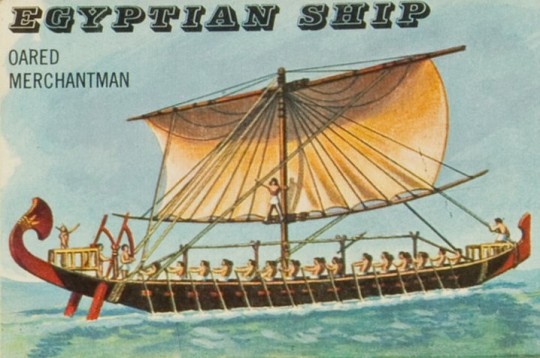
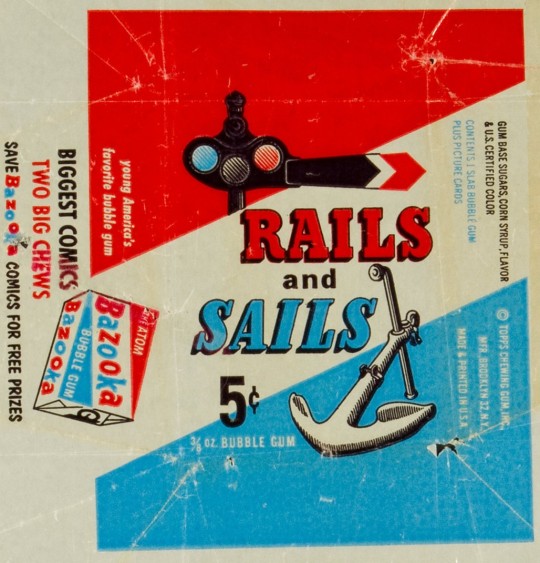
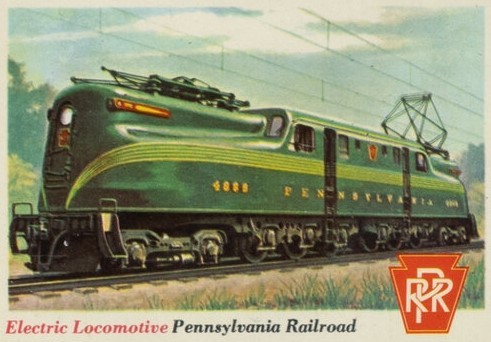




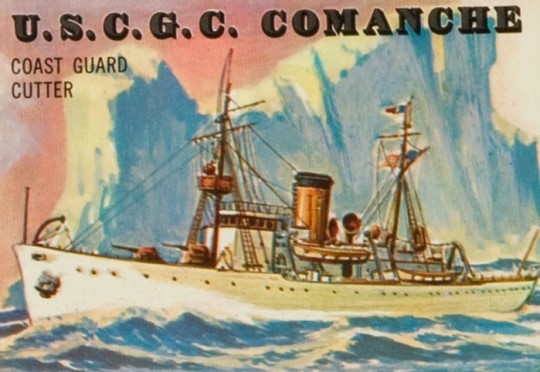


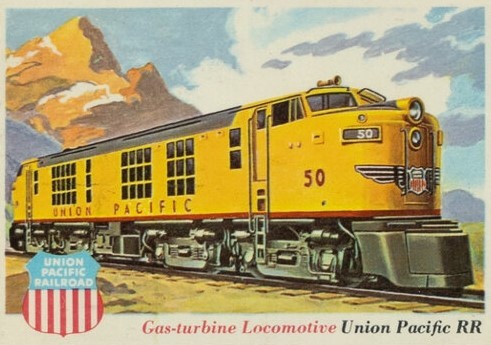





Rails and Sails trading cards - Topps (1955)
#rails and sails trading cards#vintage trading cards#topps trading cards#transportation history#vintage trains#vintage boats#railroad#locomotives#sail boat#ships#1950s#1955
167 notes
·
View notes
Text



Today in Great Lakes shipping history. June 16th.
Great Lakes Fest Celebrates History with Return of the Toledo Antique and Classic Boat Show
Friday June 16, 2023 (Toledo, Ohio) – The National Museum of the Great Lakes and Ramsey Brothers Restoration are proud to announce they are teaming up to host Great Lakes Fest featuring the return of the Toledo Antique and Classic Boat Show this summer on Saturday, July 22.
Great Lakes Fest featuring the Toledo Antique & Classic Boat Show will take place from 10 a.m. – 5 p.m. on July 22. Tickets to join the day-long Great Lakes Fest celebration are FREE for National Museum of the Great Lakes members and children under 6, and $10 (pre-sale) or $15 (day-of) for all others. Admission includes full access to The National Museum of the Great Lakes and museum vessels, all land and water boat show displays, live demonstrations, maritime vendors, food trucks, family activities and more.
The boat show is open to classic boats of all types, but particularly focused on those built prior to 1975 or modern re-creations. Boater registration is $50 per boat / $25 each additional boat by July 15 or $65 after that deadline and includes two tickets to the boat show and Friday night reception on the Col James M. Schoonmaker Museum Ship, as well as a gift bag and official show T-shirt.
1891: On 16 June 1891, Alexander McDougall himself took his brand-new whaleback steamer JOSEPH L. COLBY (steel propeller whaleback freighter, 265 foot, 1,245 gross tons, built in 1890 at West Superior, Wisconsin) down the St. Lawrence River to the sea. The double-hulled COLBY left Prescott, Ontario at 3 p.m., drawing six feet nine inches aft and five feet six inches forward and started on her wild ride through the rapids. The whaleback freighter plowed through the Galops, Iroquois, Long Sault, Coteau, Cedar, Split Rock and Cascade Rapids. She grated the bottom a number of times and had a number of close calls. Captain McDougall stood immobile throughout the trip but great beads of perspiration broke out on his forehead. When the vessel finally made it through the Cascades and was safe on Lake St. Louis, the French Canadian pilot left and the crew let out shouts of joy with the whistle blowing. The COLBY was the first screw steamer to attempt running the rapids.
1967: The FEUX FOLLETS (Hull#188) was launched at Collingwood, Ontario, by Collingwood Shipyards Ltd., for Papachristidis Co. Ltd. She was the last steam-powered lake ship.
Boat Nerd
#boat show#vintage boats#antiques#ore boat#tug boat#nautical#maritime#shipping#freighters#boat and ship museum#edmund fitzgerald#ship wreck#toledo ohio
6 notes
·
View notes
Text

Manitoba Campgrounds: Picnic and trailer facilities.
Winnipeg
Manitoba Department of Industry and Commerce
1962
61 notes
·
View notes
Text

Everyday life in America.
4 notes
·
View notes
Photo



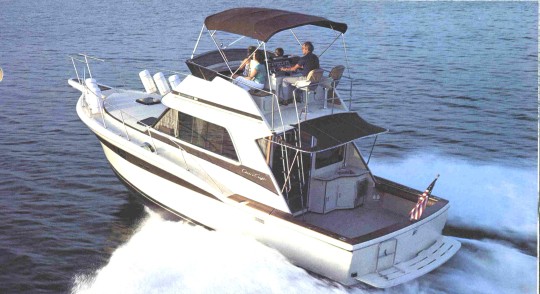

36 Sports Cruiser, 36 Tournament Fisherman, 360 Commander
Model years: 1973 - 1986
Serial numbers: CCHMG, CCFMG and CCHDA
Number of hulls built: Estimate 300
Length x Beam: 36' X 13'Draft / Weight: 36" / 22,600 lbs
Built for many years, both in Florida and Michigan. In the early years the boat had 1-3/8" running gear. In 1981, the running gear was up-graded to 1-1/2" for gas and 1-3/4" for diesel. Major bridge redesign in 1984. A longtime favorite with fishermen and cruisers alike, the Chris Craft 36 Commander (called the 36 Sports Cruiser in 1973–77; 36 Commander in 1978–80; 360 Commander in 1981–86) enjoyed an unusually long production run, a rarity for Chris Craft boats of her era. (Indeed, well-maintained models retained their popularity on the used market for years after the last unit was built.) Introduced in 1973, she came standard with a two-stateroom, galley-up interior until 1984 when a more expansive single-stateroom floorplan with a dinette became standard (a queen bed option was available in the stateroom). Note that most 360s were sold with lower helms. Construction is solid fiberglass, and her low-deadrise hull generates good lift but produces a stiff ride in a chop. The original profile of the Chris Craft 36 remained pretty much the same until 1985 when the deckhouse and flybridge were restyled for a more rakish appearance. An increase in fuel capacity to 400 gallons in 1983 improved the range considerably. Standard 350hp gas engines cruise at 18 knots (mid 20s top). Cat 300hp (or 320hp Cummins) diesels bring the cruising speed up to 22 knots (26–27 knots top).
Sourced from CommanderClub.com and PowerBoat Guide
#Chris-Craft Commander#chriscraftcommander#chris craft#chris-craft#Chriscraft#sport fisherman#sports cruiser#vintage boats#vintage boating
7 notes
·
View notes
Text

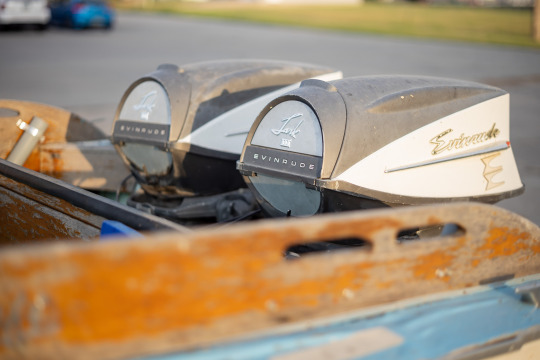

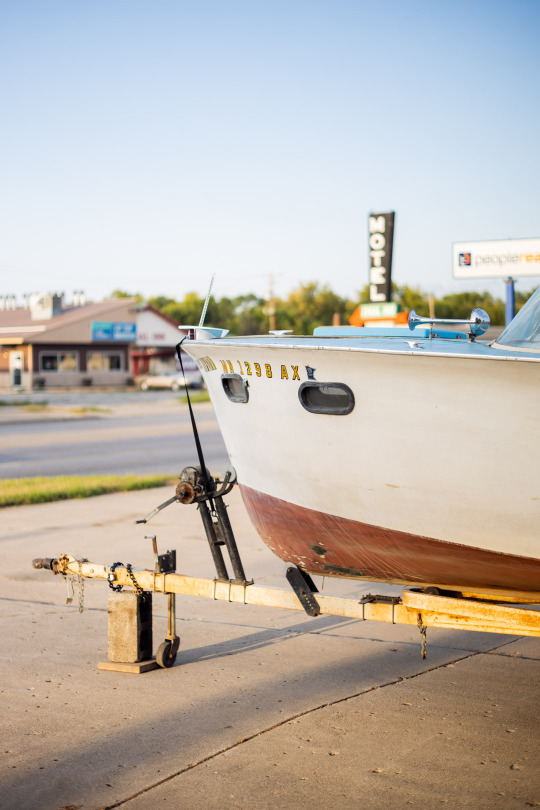
It's a boat. It might sink.
Grand Forks, ND.
MC Rokkor 55mm 1.7.
Canon EOS R.
9 notes
·
View notes
Text
The Table Saw According To Hodgson
Back in the early days of the internet, namely IRC rec.woodworking, there was an ongoing debate on what is a Table Saw, that long, thin handsaw every manufacturer offered but never explained what or why in their catalogs. Being the book and paper guy that I have always been, I referred to that tome of information on all things handsaws, Fred Hodgson's Handsaws: Their Use, Care And Abuse, 1883.
This excerpt from Hodgson explains why I typically refer to early texts rather than searching the internet for modern day myths and theories. There is little under the sun when it comes to most hand tools that has not been sorted out over the past 300 years. We like to think that we are inventing New and Earth Shaking hand tools but nearly all have been proven by use, back then. Change the look, change the materials, change the name but most are what they where.
Handsaws. Their Use, Care And Abuse by Fred Hodgson 1883
“The French workman sometimes places his plank on the saw horses and starts his saw in the wood the usual way, and then he gets behind the saw and sits astride the stuff, and cuts the plank with the saw-teeth pointing away from him. He grasps the saw with both hands, and follows up his work by keeping the saw moving forward after the saw. I have seen Germans using the rip saw this way with success, and have tried it myself with satisfaction.”
“The Table Saw, or, as is sometimes called, the Ship Carpenter’s Saw, has a long narrow blade, and is intended for cutting sweeps or cants having long radius.”

#woodworking#woodworker#handsaw#craftsmanship#hand tools#history#vintage boats#handwork#handcrafted#living history#wood
0 notes
Text
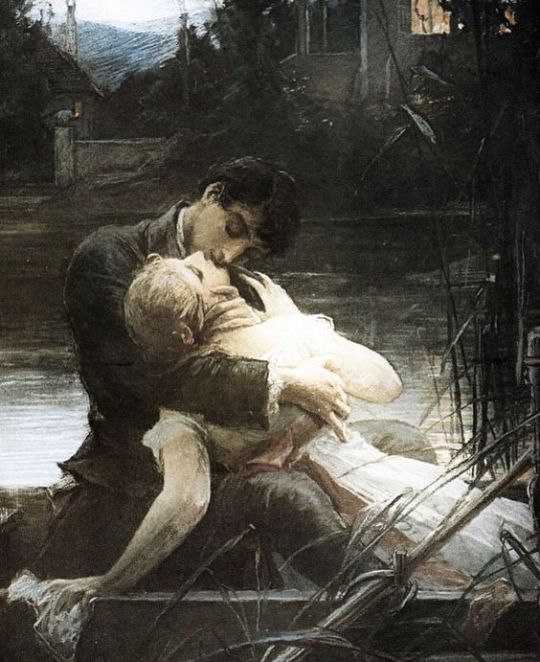
Lovers in the Small Boat, Maximilian Pirner (1884)
#painting#art#artwork#vintage#aesthetic#dark academia#genre painting#vintage aesthetic#classics#fine art#artist#1800s art#1800s#love#boat#impressionism#canvas#old art#old paintings#classic art#lovers#romantic#romantic academia#18th century#18th century art#classical art#old aesthetic#maximilian pirner
450 notes
·
View notes
Text

1969 Suburban
275 notes
·
View notes
Text

#audrey hepburn#aesthetic#vintage#old school cool#60s aesthetic#60s style#60s vintage#60s couples#60s icons#60s fashion#row row row your boat#we chillin#dgaf#zero fucks given#drifting
771 notes
·
View notes
Text

Quick stop for lunch at KFC before heading to the lake.
Ontario
1970
#vintage camping#campfire light#road trips#camping#fishing#boating#family#ontario#outdoors#history#1970s
516 notes
·
View notes
Photo
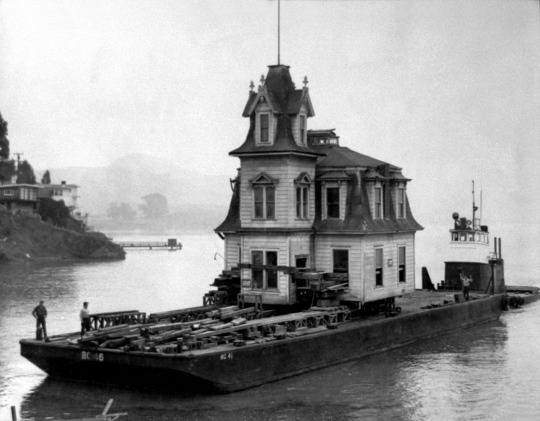
Victorian Lyford House, built in 1876 and located in Tiburon, California, being moved by boat in 1957
Follow my new AI-related project «Collective memories»
#BW#Black and White#Preto e Branco#Noir et Blanc#黒と白#Schwarzweiß#retro#vintage#1957#1950s#50s#Lyford House#Tiburon#California#transportation#boat#Architecture#Arquitetura#Architektur#建築#アーキテクチャ#buildings#bâtiments#Gebäude#edifícios#建物#Victorian#history#histoire#história
4K notes
·
View notes
Text

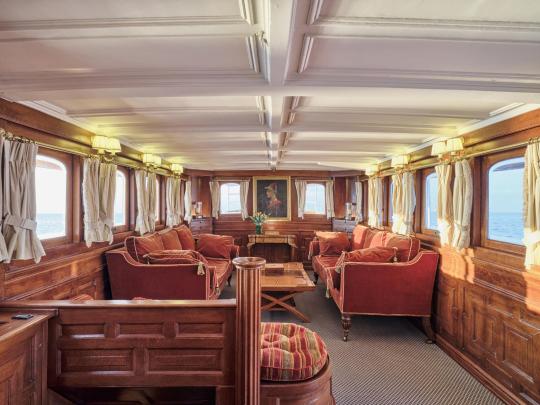

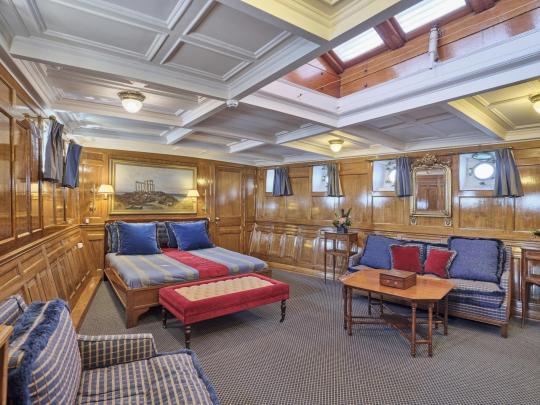


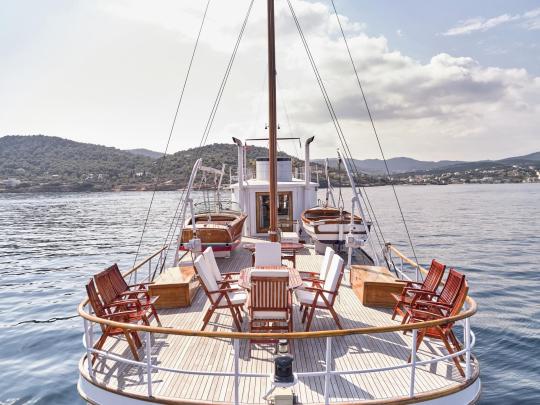
Madiz (originally named Triton)
Delivered in 1902 by Ailsa Shipbuilding in Troon, Scotland. Commissioned by James Coates Jnr, as a support vessel for his schooner, Madiz was designed by legendary naval architect George L. Watson,who established the very first yacht design studio office in the world.
The famous yacht designer was also behind several other prestigious classics like Britannia, the most successful racing yacht of all time, and the America's Cup challengers Thistle, Valkyrie, and Shamrock II.
#art#design#architecture#history#luxury lifestyle#style#interior design#madiz#yacht#motor yacht#triton#1900s#scotland#sea#ocean#travels#james Coates Jnr#ship#boat#vintage yacht#george L. watson#britannia#valkyrie#shamrockII#classic yacht#troon#yachtlife
216 notes
·
View notes



